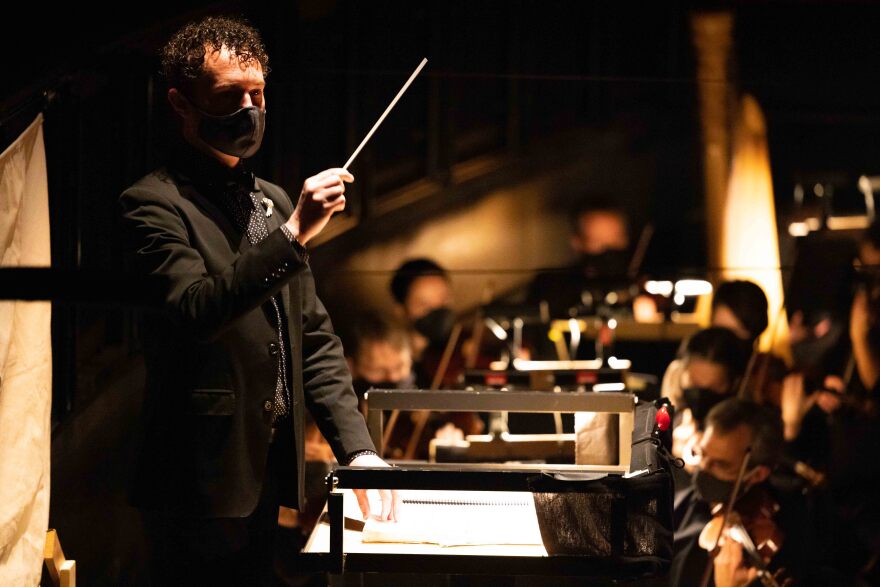It’s the smallest instrument in the orchestra pit and it makes no sound. But the conductor’s baton is what unifies and shapes the composer’s score for listeners.
Batons are almost always made from trees. These lightweight wooden shafts taper down to a teardrop grip called a "bulb” that gives the conductor something substantial to hold onto. Most batons are painted white so that the musicians see it in the dim light of the pit.
Early on, batons were made from exotic hardwoods, such as ebony and Brazilian rosewood, trees that grow in rainforests of South America and Africa. But these species are now threatened or endangered, so conductors use other woods, like oak and walnut, due to ethical concerns about forest destruction and the rights of the indigenous people who live in those forests.
Leonard Bernstein, the legendary conductor of the New York Philharmonic, began his conducting career with batons made of maple. But they tended towards brittleness, so he switched to birch wood, crafted by the orchestra’s tympanist. It’s reported that Bernstein was buried in Brooklyn’s Greenwood Cemetery, along with the score of Mahler's Fifth Symphony and his beloved baton.
I spoke with Jared Oaks, the Music Director and conductor of the Ballet West Orchestra, who is currently busy conducting live music for Ballet West’s "Nutcracker" performances. He said that for him, the baton is not just about keeping the beat, it’s also about expression. When he gestures with his baton, he thinks of it as an invitation to the musicians, asking and guiding them to join him in creating the music.
Oaks uses a baton with a shaft of fiberglass, but the bulb he cradles in his palm is made of compressed wood of different species. He plans to make his own baton out of driftwood that he collected years ago.
Every orchestra is full of instruments made of wood, but the piece most of us overlook is that slim little shaft made of trees that brings all of the instruments together to create the sound of music.



